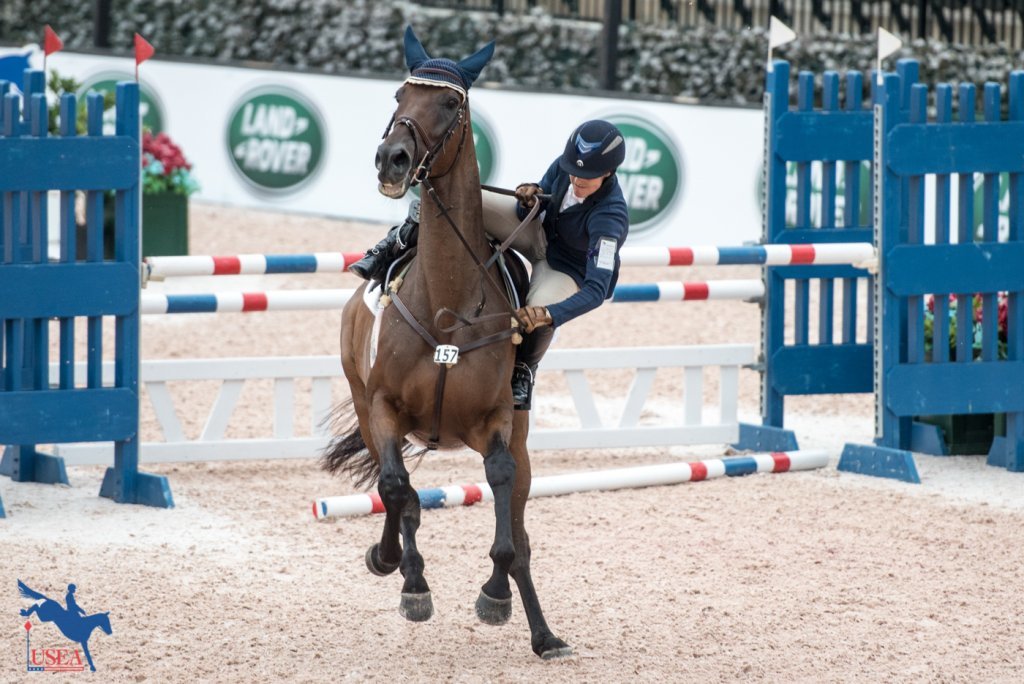Daniel Stewart's Tip of the Month: Are you a Survivor or a Victim?

Resiliency is defined as the ability to bounce back after a mistake, mishap, loss or any other negative event. It’s your ability to turn setbacks into comebacks and the ability to hold it together when it would be normal to fall apart. Resiliency is the ability to finish strong after a slow start and the strength to recover quickly after making a mistake instead of dwelling on it. Resiliency is possibly the single most important factor in determining your success as a rider – and luckily it isn’t a personality trait or behavioral style - its a skill that you can learn!
The opposite of resiliency is something called learned helplessness, a condition where you might believe you’re helpless to change things for the better and, therefore, don’t even try. Instead of trying to improve a situation (i.e. learning from a mistake), you’d take no action at all because you feel it won’t make any difference anyways. In short, you’ve learned to feel helpless. This attitude is also been called the victim mindset . . . always thinking, “Why me” and feeling that life’s unfair and there’s nothing you can do about it.

Don't worry, this rider stayed resilient and stayed on! USEA/Leslie Mintz Photo.
Resilient riders, on the other hand, develop something called a survivor mindset. They seek out challenges and believe they can overcome them; anticipate problems and do what's needed to solve them. They never believe they’re victims of circumstance, but instead relish the challenge that the circumstance presents. They see it as a personal challenge to find a solution to a problem. To these riders, challenges aren't so much problems that need to be solved, but questions that need to be answered. Effort is their greatest tool, knowing that they’ll measure themselves, not on the results they get, but on the effort they gave.
Beginning this month, and continuing for the next three months I’ll introduce you to a series of different ways to become resilient. Lets start with the first technique here:
Control v.s. Influence Model: This is the process of identifying situations that you have control over, the situations that you have influence over, and finally, the situations that you no influence or control over. With a little time and effort, you can train yourself to only focus on those situations that you can control or influence, and to never waste your energy focusing on events that you cannot.
This month create a list of things you can control (i.e. your focus, attitude, and optimism), things you can influence (i.e. strong finishes and learning from mistakes) and things you have no control or influence over (i.e. your opponents and the judges). Once your list is complete, teach yourself to focus only on those on the control and influence lists.
In the next few months I’ll introduce you to several different ways to become more resilient. But in the meantime, always remember. . . when it’s all said and done, make sure you’ve done more than you’ve said!














